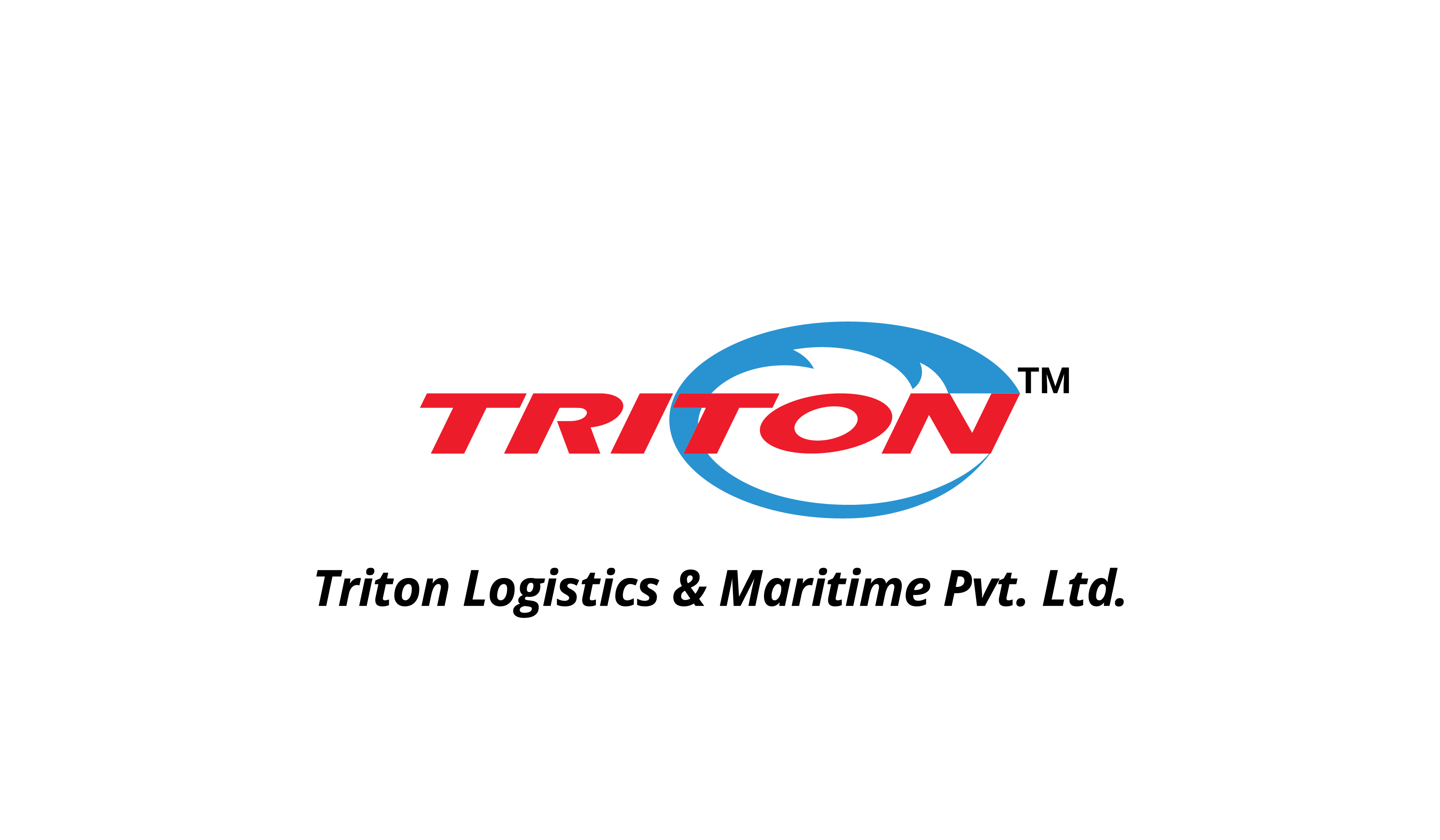Ocean freight will continue to be a pillar of international trade, with shipper’s frequently needing to select between Full Container Load (FCL) and Less than Container Load (LCL). This decision impacts shipping costs, shipping times, and levels of efficiency of the entire logistics movement as supply chains continue to develop global relationships at 2025 do rates and demands fluctuate. FCL and LCL are methods of conducting a freight shipping movement that includes the movement of bulk imports to smaller test shipments; understanding these methods will allow businesses to optimize their logistics. The guide will break down the fundamentals, the comparisons of both methods, and provide practical advice on best practice for decision making while discussing current information from the industry to help you make informed decisions.
What Is FCL Shipping?
A Full Container Load also known as FCL, shipping occurs when a single shipper books the whole shipping container for their goods. Shipping containers are generally 20-foot or 40-foot in length, the shipper loads and seals the container at the origin, then the container goes directly to the destination port. FCL is a great transport option for larger amounts of cargo where the value of exclusive use of a cargo space is higher than the reliance on cargo being handled by other parties along the way limiting exposure risk.
What Is LCL Shipping?
Less than Container Load shipping allows multiple shippers to share a container, and the charges are based on the volume or weight of each shippers cargo, generally cubic meters. Freight providers consolidate shipments at the origin port, and deconsolidate the freight at the destination. This service allows for an easier access point for shippers to ship smaller loads that do not justify the cost of a full container. The flexible service allows shippers to start shipping small, or to diversify their supplier base.

Key Differences Between FCL and LCL
Although both methods utilize container ships in the ocean transport leg, there is a marked difference in the way in which they operate. FCL focuses on direct, exclusive transport while LCL focuses on shared efficiency for partial loads. The table below highlights some of the main differences.
| Aspect | FCL | LCL |
| Container Use | Entire container dedicated to one shipper | Shared space with other shipments |
| Cost Structure | Flat rate for full container | Proportional to volume or weight used |
| Transit Time | Faster due to fewer handling steps | Slower from consolidation processes |
| Security | Higher with sealed, direct handling | Lower risk from multiple touches |
| Ideal Volume | Large shipments (15+ CBM) | Small to medium (under 15 CBM) |
These differences affect everything from securing funding to managing risk in global shipping.
Pros and Cons of FCL Shipping
FCL shipping offers reliability for large shipments than less other options available. But you need to assess your volumes accordingly.
Pros:
- Security: due to the limited handling and sealed containers reducing damage and theft.
- Transit time is typically faster with direct routes and a predictable schedule.
- Cost per unit is cheaper with the higher volumes, making it potentially a lower cost despite the upfront costs.
- Additional control over packaging and loading is beneficial for specialized or sensitive products.
Cons:
- High initial costs that may not accommodate smaller operations.
- Less flexibility for multi-destination deliveries or irregular shipment sizes.
- Underutilization issues if the container does not fill up completely.
Pros and cons of LCL shipping
LCL shipping provides low cost access to ocean freight, making it appealing to growing businesses.
Pros:
- Low cost entry, paying only for occupied space, making it ideal for testing markets or small batch distributions.
- Flexibility in sourcing or distributing across multiple locations.
- Frequent sailing, which provides more on demand shipment and availability than full ocean containers.
Cons:
- Longer transit times due to consolidation and deconsolidation.
- Increased risk of handling with greater risk of damage or delays.
- Less efficient shipping for volumes approaching full container load limits as costs increase disproportionately relative to volume.

How to Decide Between FCL and LCL?
Choosing the right mode centers on matching logistics to business objectives. Consider the following aspects in order:
- Shipment Size: Use LCL if less than 15 cubic meters, or if you have 1 to 6 pallets. Beyond that size, use FCL for better value, especially above 20 pallets.
- Cost: LCL gives you the best upfront cost for lower volumes. FCL gives better per-unit savings in bulk.
- Speed: Use FCL for urgent shipments that require speed. However, if speed is not as much of a concern as options and flexibility, LCL is usually better, even if it takes a long time.
- Cargo: Use FCL on fragile, high-value, or regulated products to protect them. Use LCL when you have strong, dry goods.
- Market Condition: If there is a shortage of containers in the marketplace, there is sometimes more LCL options than there is FCL. Consider comparing LCL and FCL cost for medium to lower-volume shipments (for example, 8-15 pallets).
Considering all the above will help shippers to minimize potential errors and operate more efficiently in their supply chains.
Current Trends and Rates in FCL and LCL for 2025
As of 2025, the ocean freight market has remained in decline due to an oversupply of equipment and variation in demand. By August, average container rates were at approximately $1,900 per unit; a 20 percent drop from July and 65 percent lower than the year-ago levels. The West Coast market for Asia to US was at approximately $1,725 per FEU (Forty Foot Equivalent Unit), while Asia-Mediterranean was at $3,033 per FEU, due to ongoing soft activity from the peak season. LCL rates track the general trend of the FCL, while also adding a layer of complication from shared handling. In these cases, the per-unit cost is expected for the smaller number of shipments. However, the importance of tracking the change in these rates is important, considering both port fees, and route options that could affect the overall decision between FCL and LCL.
Conclusion
In selecting FCL versus LCL, there are trade-offs to consider for volume, cost, time and cargo requirements, over and above the direct comparison between the two that more cleanly drives global trade. As we see rates stabilize by late 2025, companies who leverage this experience to make a solid decision on which option to utilize always gain an advantage for dependable reliability and cost savings. Monitor the market closely and always seek out more than one quote to ensure you are getting the best deal possible while integrating your LCL strategy into broader logistics strategy.
Want a logistics partner who has a deep knowledge about freight logistics, click here.




